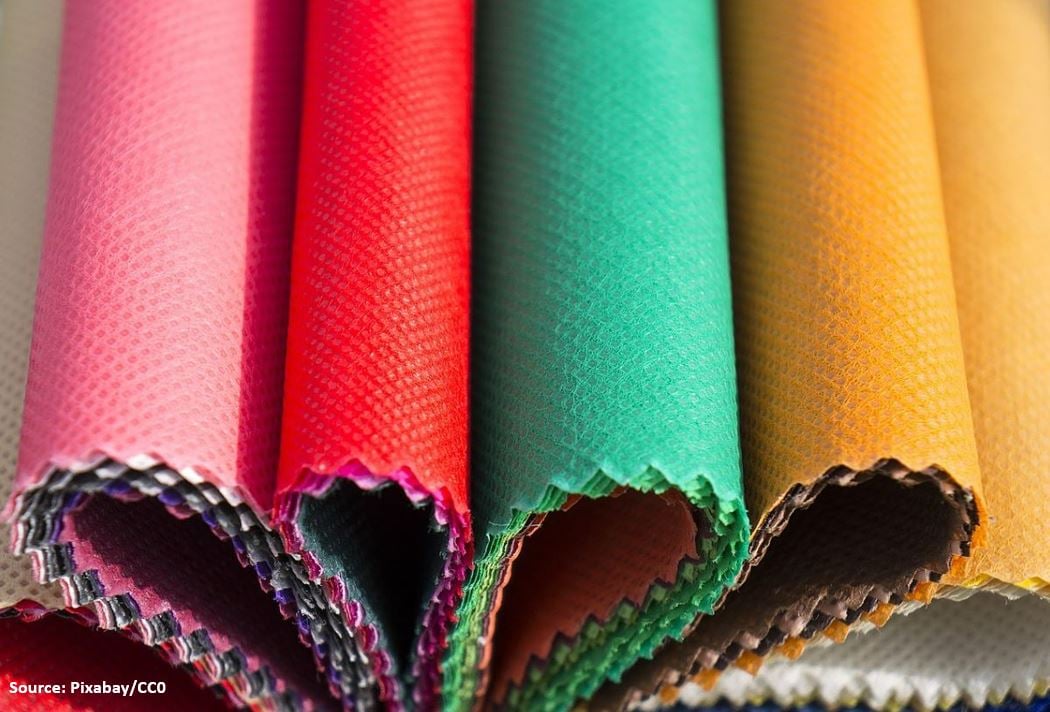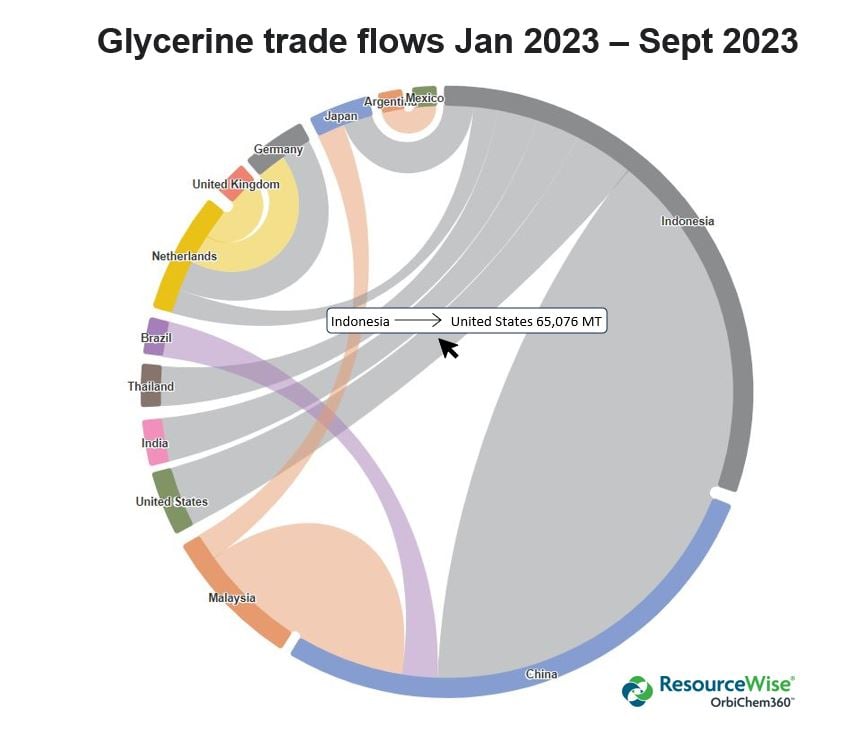Textile production in the 2020s is deeply unsustainable. The clothing, fashion and household textiles industries are in dire need of disruption.
On average, each EU citizen purchased almost 15kg of apparel, footwear and household textiles in 2020, according to a European Environment Agency report. And yet, just 1% is estimated to be recycled back into further similar goods.
So, while recycling catches up, perhaps next-generation materials can step in and provide some relief?
Next-gen materials on the up
A Material Innovation Initiative report highlights significant growth in demand for next-gen materials. But, it says, more supply is needed to meet the sustainability, performance, aesthetic, volume and price needs of brands and consumers.
Brands may accept paying a premium for more sustainable materials for a while. As co-developments or collaborations are likely to span a relatively long time, brands and innovators are being advised to align early on how this price premium tolerance may change throughout scaling the technology.
Consortiums involving multiple brands – or partnerships – could lower the investment risks. Some brands however, may be less concerned with risk diversification and prefer to invest alone in return for exclusivity.
Collaboration & the new kid on the block
Last year, Netherlands-based chemical technology company Avantium formed the PEF (polyethylene furanoate) Textile Community to encourage collaboration within the textile value chain. PEF is a next-generation polyester derived from renewable raw materials.
'Polyethylene furanoate (PEF) is hotly anticipated to become a major alternative to fossil fuel-based PET'
As explored in a prior Tecnon OrbiChem blog post Renewable materials & the future of plastics, the feedstock is hotly anticipated to become a major alternative to fossil fuel-based polyethylene terephthalate (PET) plastic in future.
The project is already attracting significant industry participants. Spain’s specialist synthetic threads manufacturer Antex and Belgium’s BekaertDeslee, which develops and manufactures mattress textiles and covers, are both members.
French textile solutions provider the Chamatex Group, which founded the Advanced Shoe Factory 4.0; Denmark’s textile design innovator Kvadrat and the sports equipment maker Salomon Group are also members.
They entered into an agreement with Avantium to further develop the application of PEF in their respective applications.
Antex has already produced yarns made from PEF, and a PEF-based TiO2 Masterbatch was developed and produced by Sukano. The other members will use the PEF yarn samples in the coming period to explore the potential of PEF fabric for their particular applications.
Incorporating recycled-based materials is becoming very popular with fashion brands as it lessens the risk of deviating away from their requirements for performance and aesthetics metrics that their materials must meet, and at the same time, still being able to lower their raw material’s carbon footprint.
Collaboration boost
With the support of its parent company Kering, Gucci is investing in a new Italy-based Circular Hub focusing on the promotion of circular production and design practices.
Formed to underpin the creation of circular luxury products of the future, the hub will maximise the use of recycled materials, durability, repairability and recyclability.
It will offer a range of services, including product testing, prototyping and certification to support businesses’ adoption of circular practices. Gucci aims to develop new circular products and technologies that can be shared with the wider fashion industry.
'The aim is to minimise the environmental and social impacts of Italian manufacturing and raw material supply chains'
The hub will promote the development under a ‘circular Made in Italy’ banner. It aims to minimise the environmental and social impacts of Italian manufacturing and raw material supply chains through economies of scale and purpose.
Located in Tuscany, it will bring together various stakeholders, including universities, research institutions and startups to promote innovation in circular production.
The hub will see the involvement of Kering’s facilities starting with Gucci’s production sites, its Italian-based raw material suppliers and finished products manufacturers comprising more than 700 direct suppliers and 3,500 sub-suppliers.
The hub’s activities will then be extended to Kering’s other brands and eventually become open to the entire sector.
Sustainable leather
Austria’s textile fibres manufacturer Lenzing is combining its wood-based fibres with a binder material made from natural rubber, plant and mineral pigments, plant-based oils and waxes patented by US-based material science company Natural Fiber Welding (NFW).
The latter uses natural ingredients such as biobased charcoal, clay, cork powder, rice hulls, coconut fibres, recycled denim and seaweed to develop colour. NFW’s Mirum products are recyclable into new Mirum products. They can be ground up and they naturally degrade, according to the company.
Lenzing’s Tencel fibres, meanwhile, are said to be compostable and biodegradable. Shoe brand Allbirds launched its Plant Pacer shoe line – combining NFW’s Mirum and Lenzing’s Tencel in its upper and lining – late last year.
'Reportedly, each ton of polyester and nylon substituted by HeiQ AeoniQ potentially reduces the CO2 footprint by up to five tons'
Cellulosic fabrics
This year, German fashion company Hugo Boss launched a seamless high-performance polo shirt comprising 87% cellulosic yarn. The fibre material – trademarked HeiQ AeoniQ – is made with certified wood pulp within a circular and closed-loop supply chain.
It is claimed the yarn matches conventional fabrics like polyester and nylon in tensile strength, elasticity, and abrasion resistance. But reportedly, each ton of polyester and nylon substituted by HeiQ AeoniQ potentially reduces the CO2 footprint by up to five tons.
This new cellulosic yarn is made from third-generation cellulosic polymers derived from feedstock such as algae, bacteria or even coffee grounds. The manufacturing process is expected to consume 99% less water than cotton yarns and use 100% renewable energy.
HeiQ – a spin-out of the Swiss Federal Institute of Technology Zurich – scaled up its 100 tpa pilot commercialisation plant for fibre production last year. Its first commercial factory – with a capacity of 30 ktpa and located in Central Europe – is scheduled to start by the end of 2024.
Our blog post Cellulosics: A world of opportunity explores the cellulose value chain in depth.
Bio-PET-based polyester
Japanese multinational, the Toray Group uses US-based Virent’s BioForm PX (paraxylene) – a entirely sugarcane-based material – to produce a bio-PET-based polyester. It is used in the shell and liner of the SugarDown Hoody jacket marketed by US-based outdoor apparel company Patagonia.
Toray is also marketing an alternative leather comprised of almost two-thirds plant-based raw material. Designated Ultrasuede nu leather, its ultra-fine fibres are composed of 100% plant-based polyesters. Sugar-based monoethylene glycol (MEG) and corn starch-based dimethyl terephthalate (also sourced from Virent’s BioForm PX) are the raw materials used.
The elastomer used inside the non-woven fabric structure is composed of around 30% plant-based PU using polyol from castor oil, while the scrim is composed of 30% plant-based polyester using sugar-based MEG.
An eBook Tecnon OrbiChem published in 2022 explores the economic potential in sustainable chemicals production. Read the blog post Bioeconomy poised at a historic crossroads and download the eBook.
Doris de Guzman's special report Luxury brands & next-gen biomaterials is available to subscribers via our OrbiChem360 platform.









